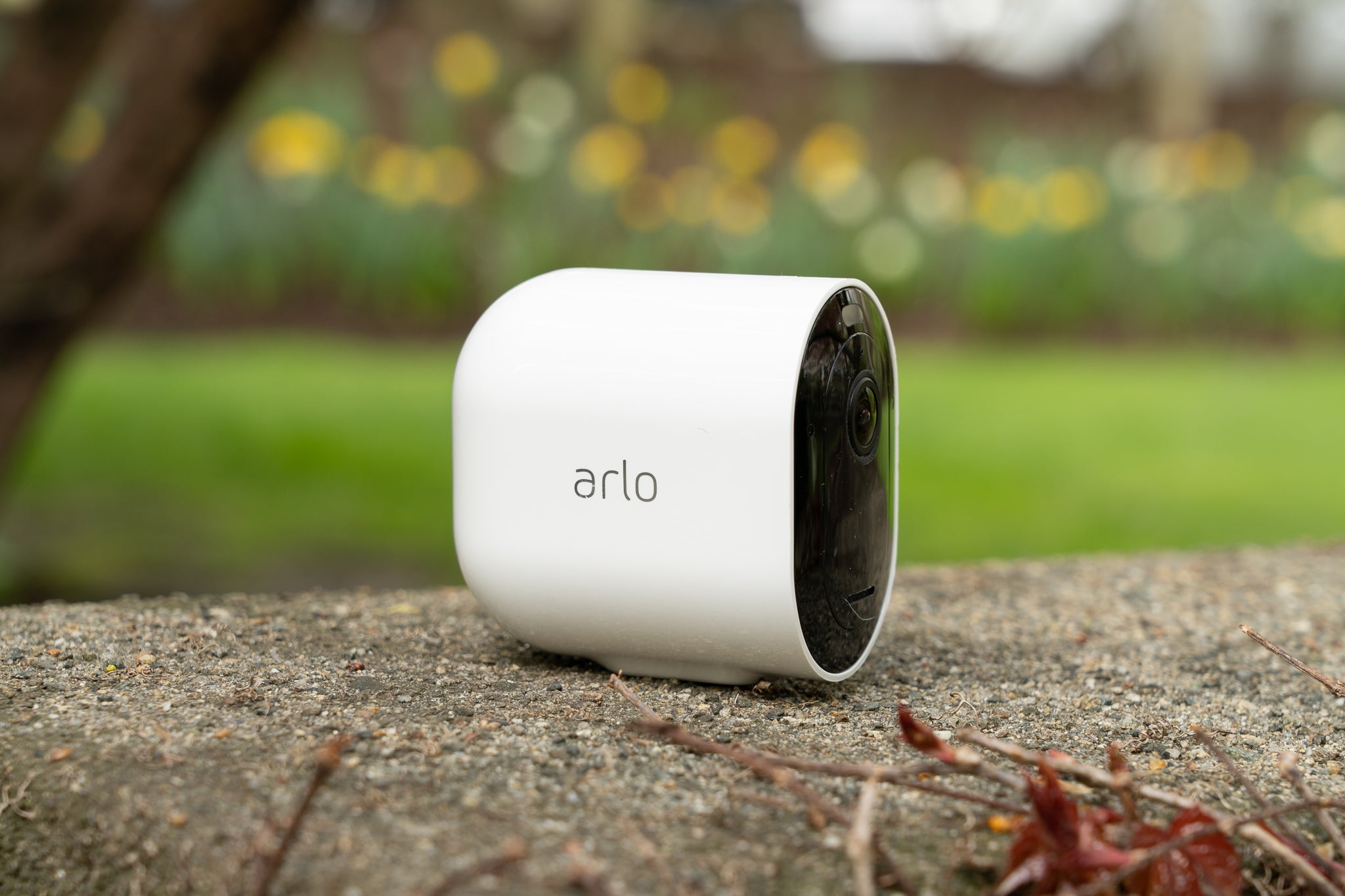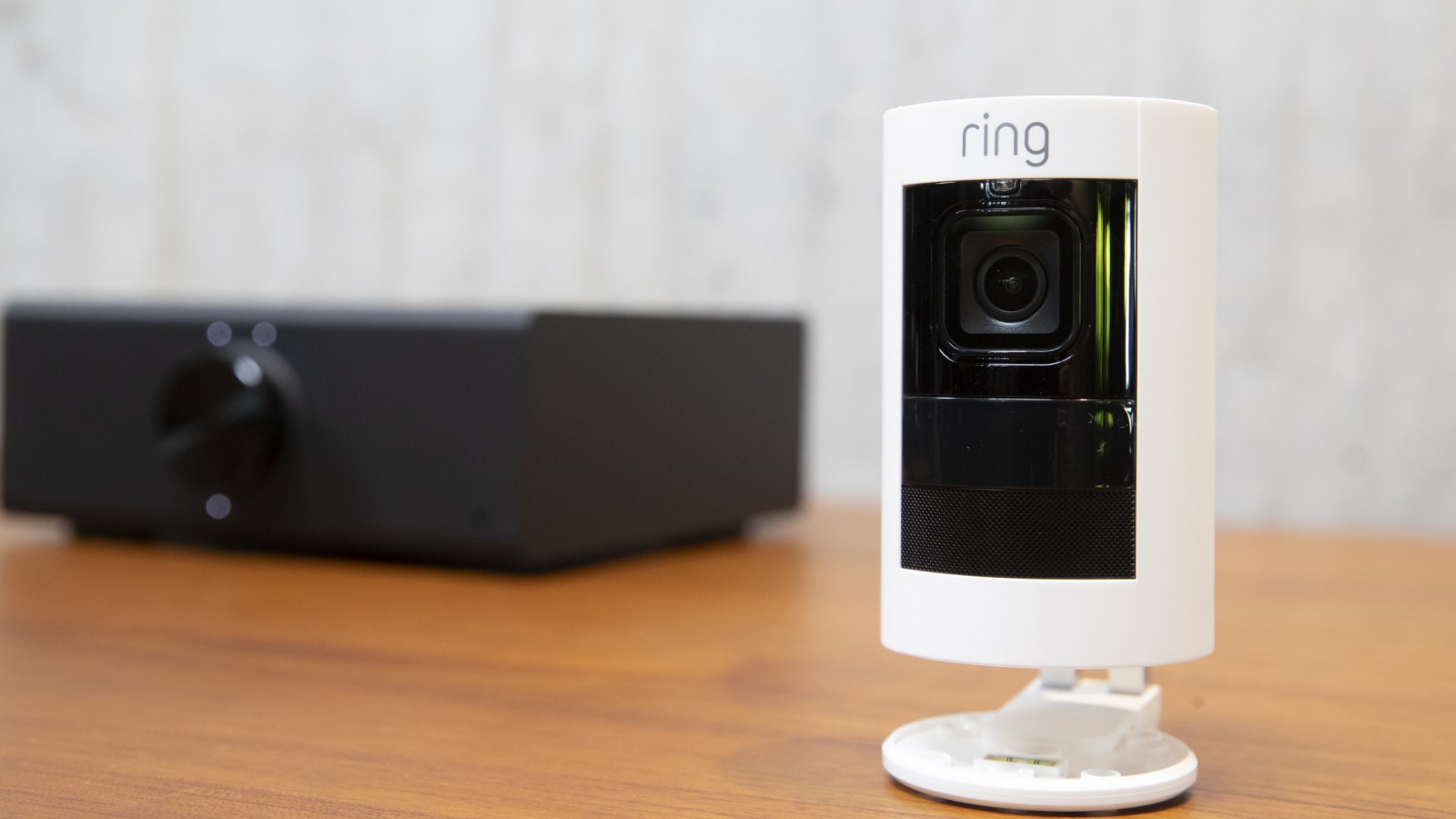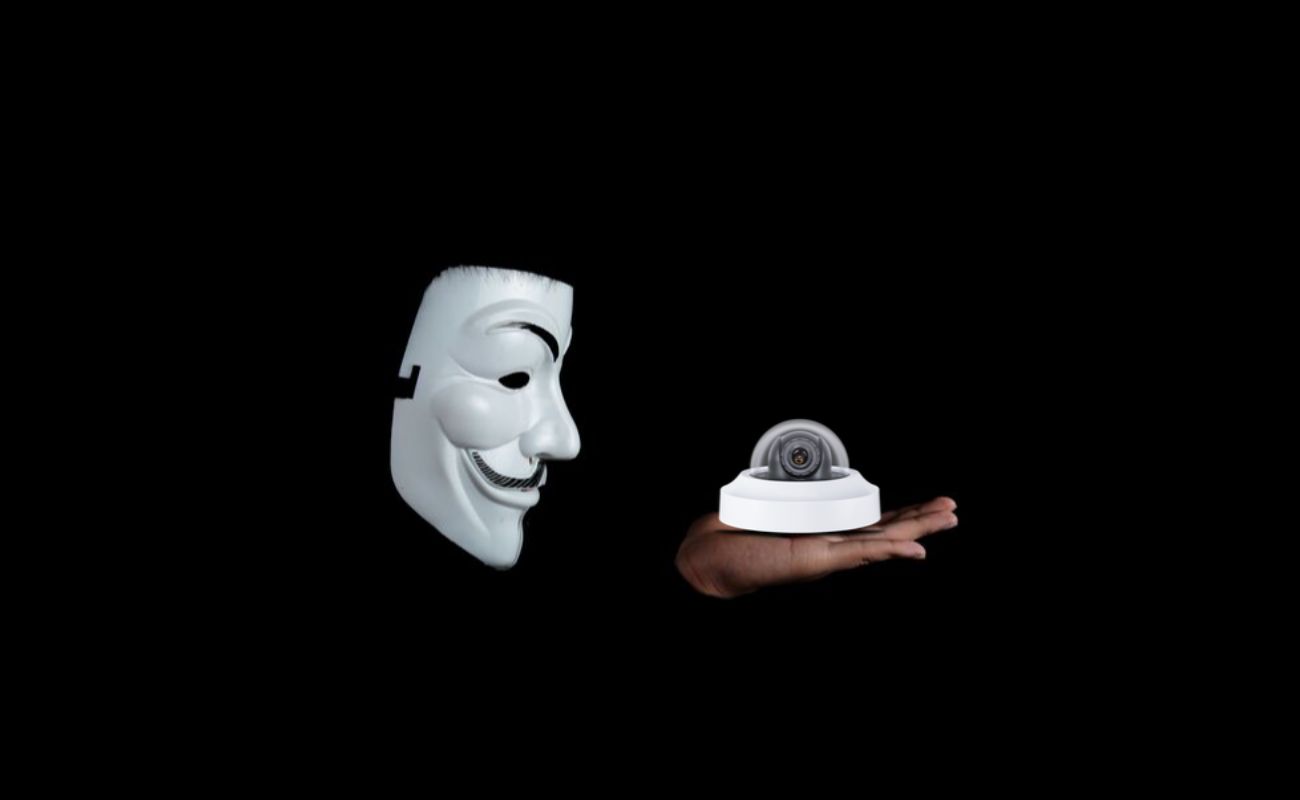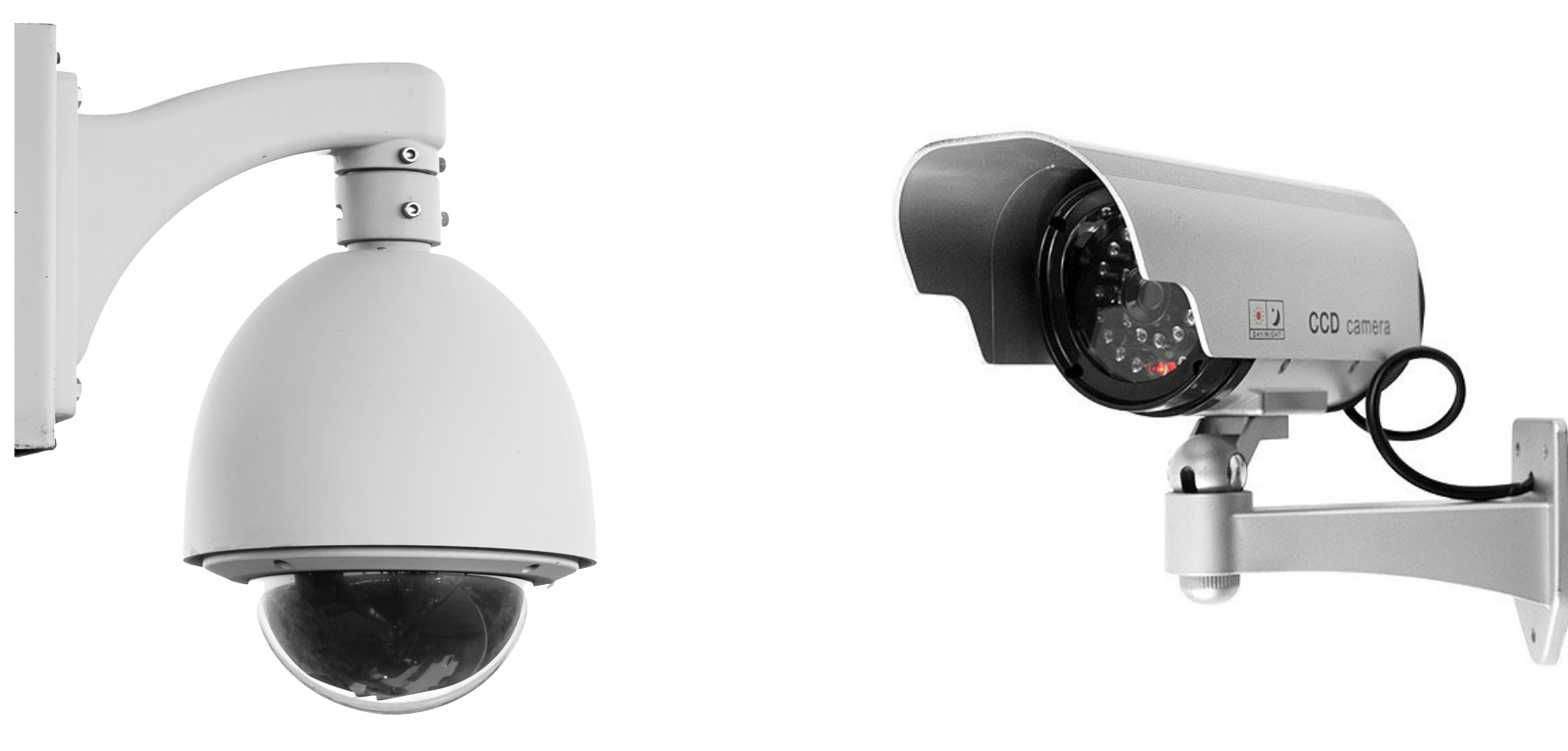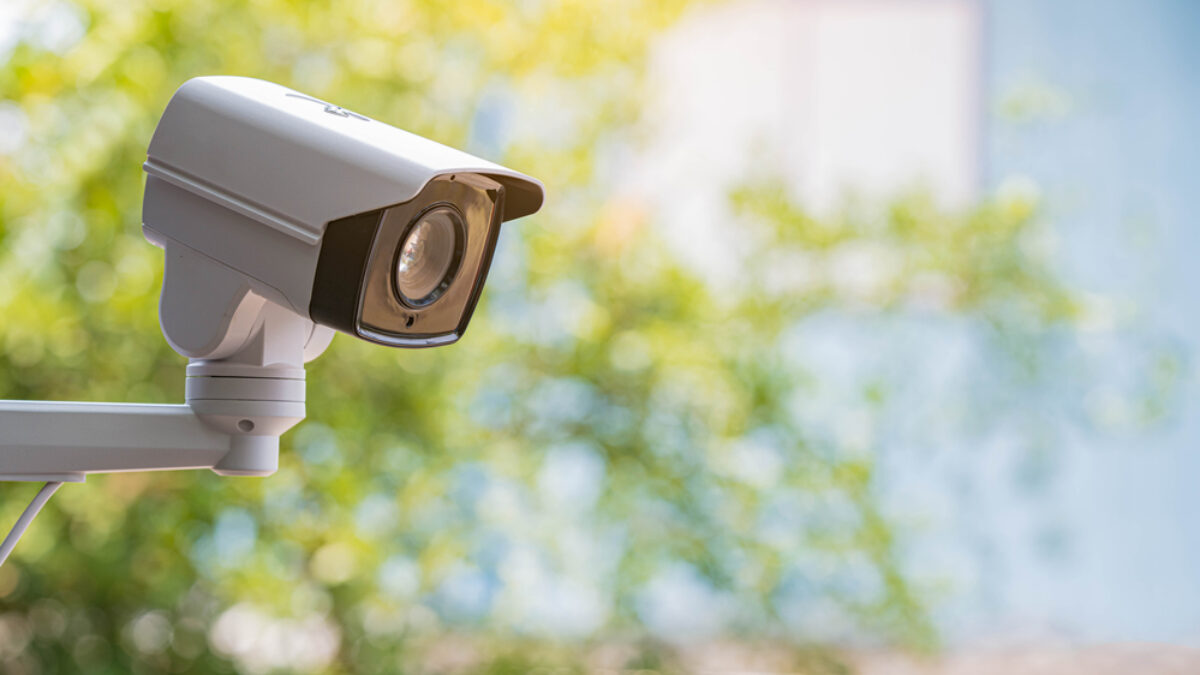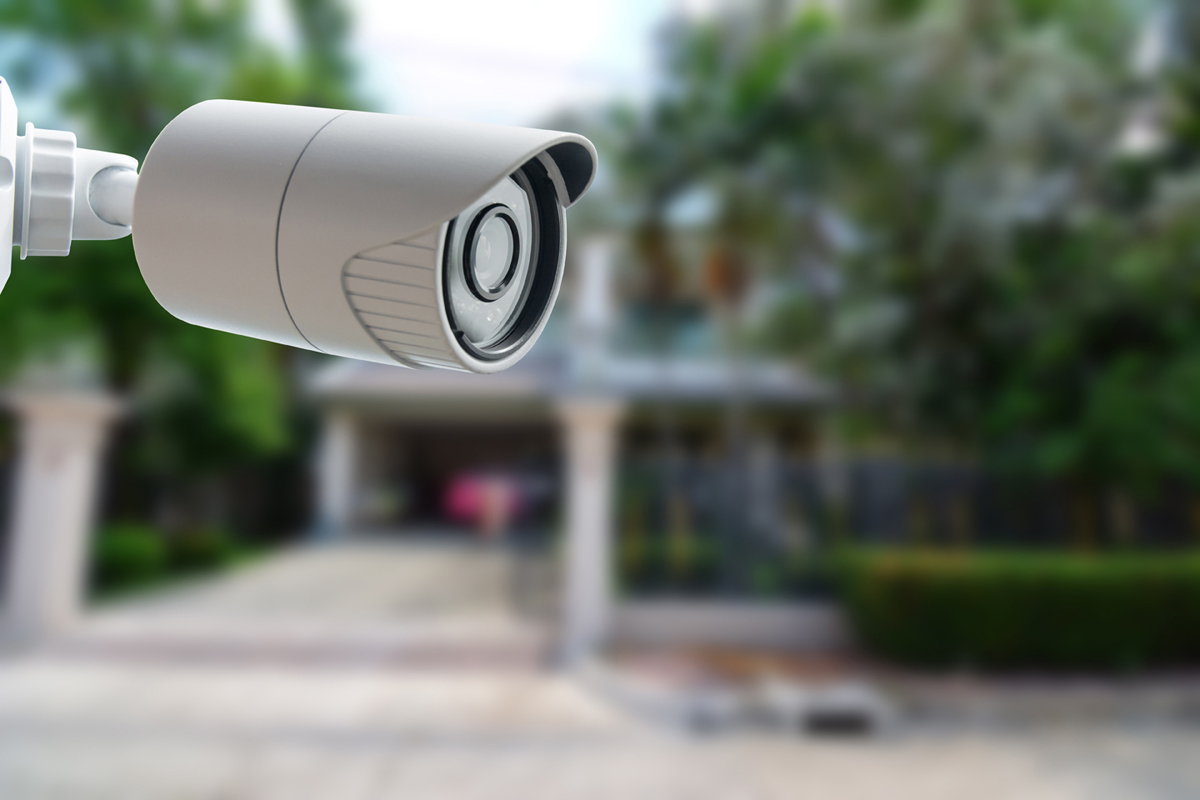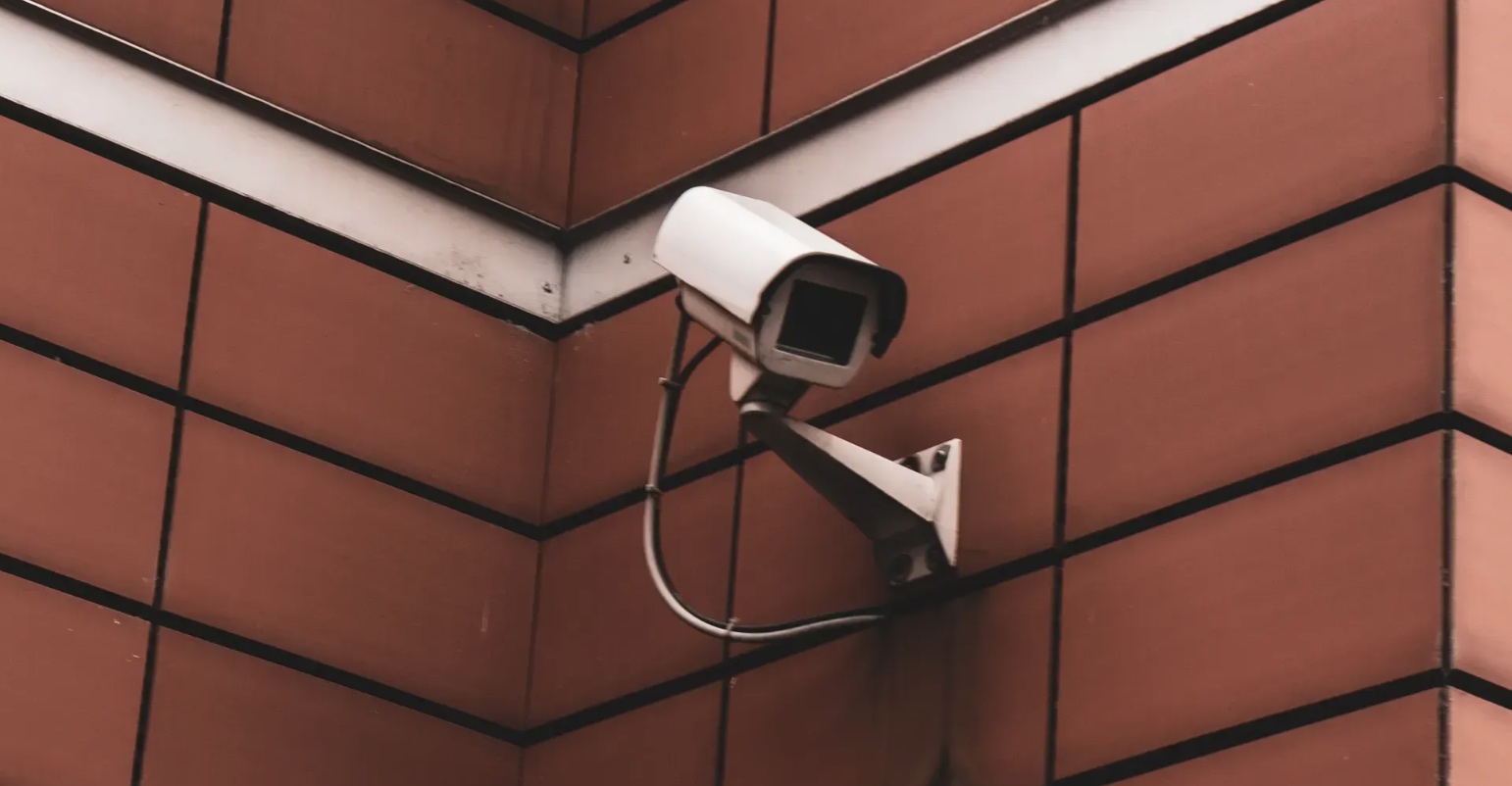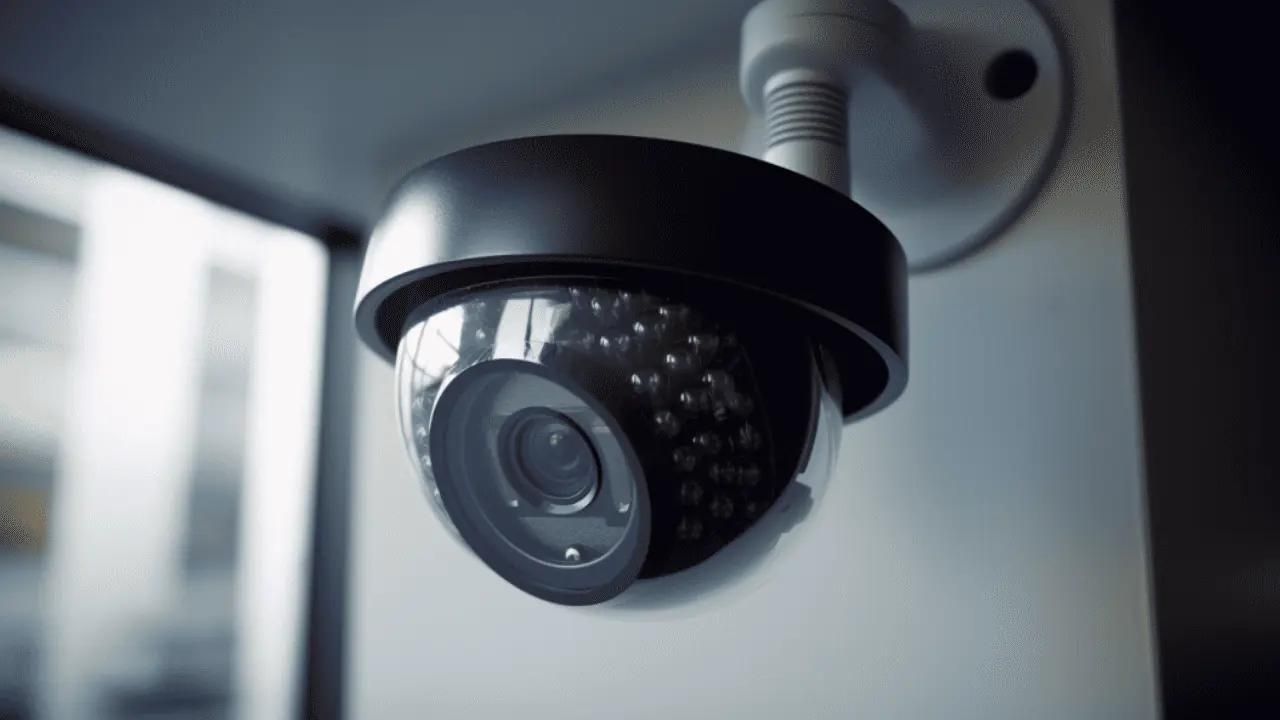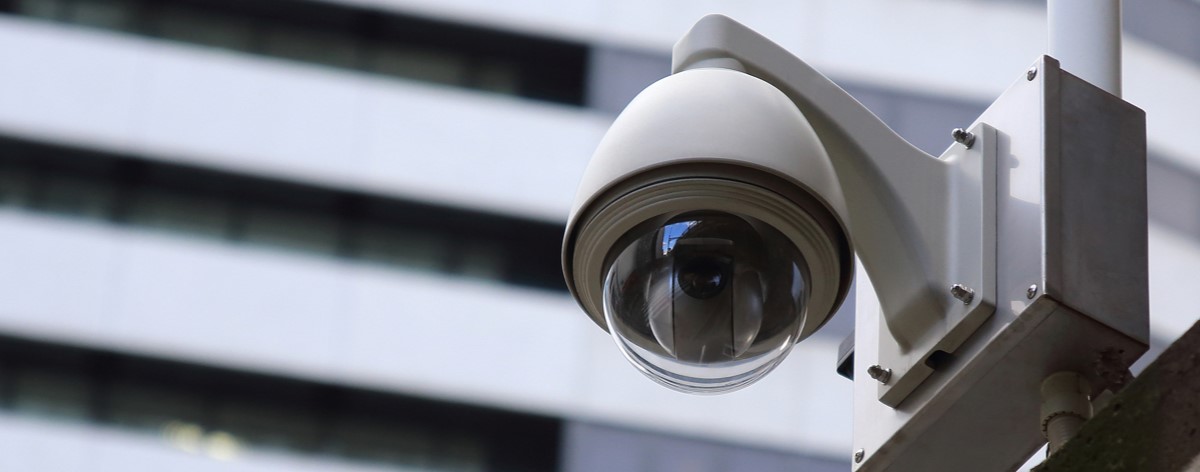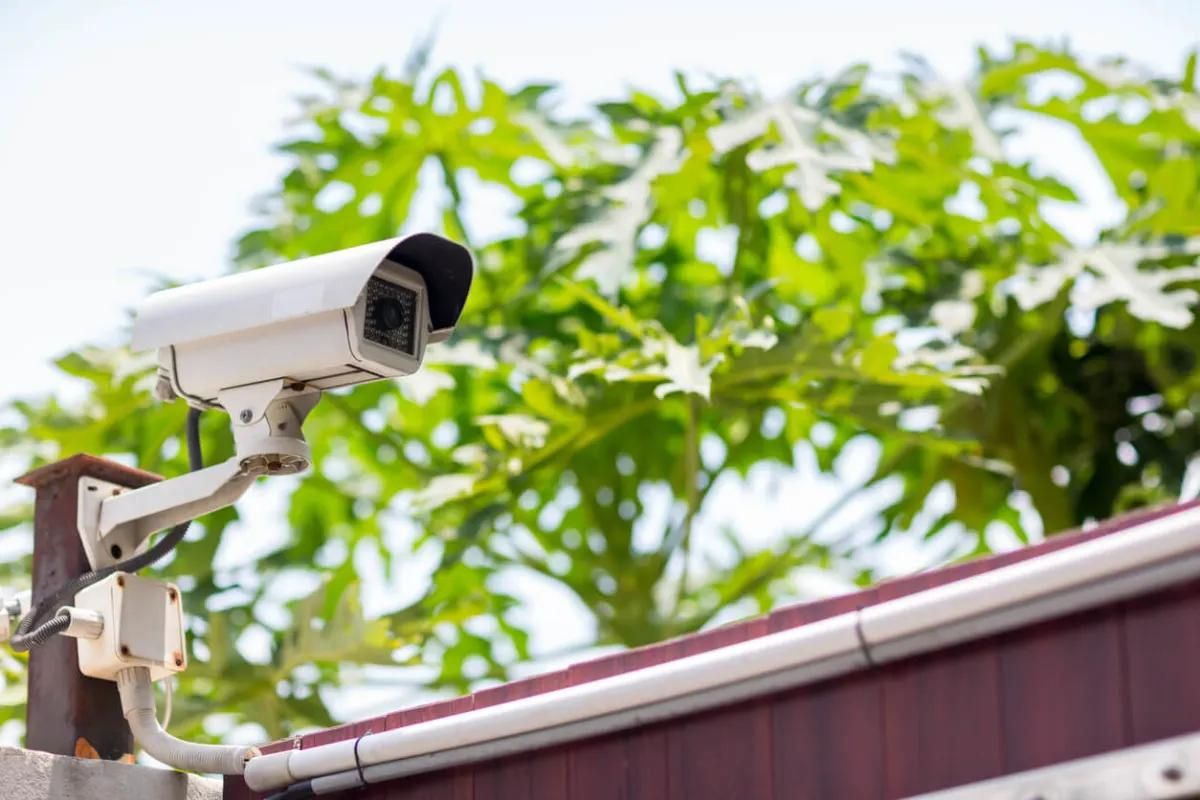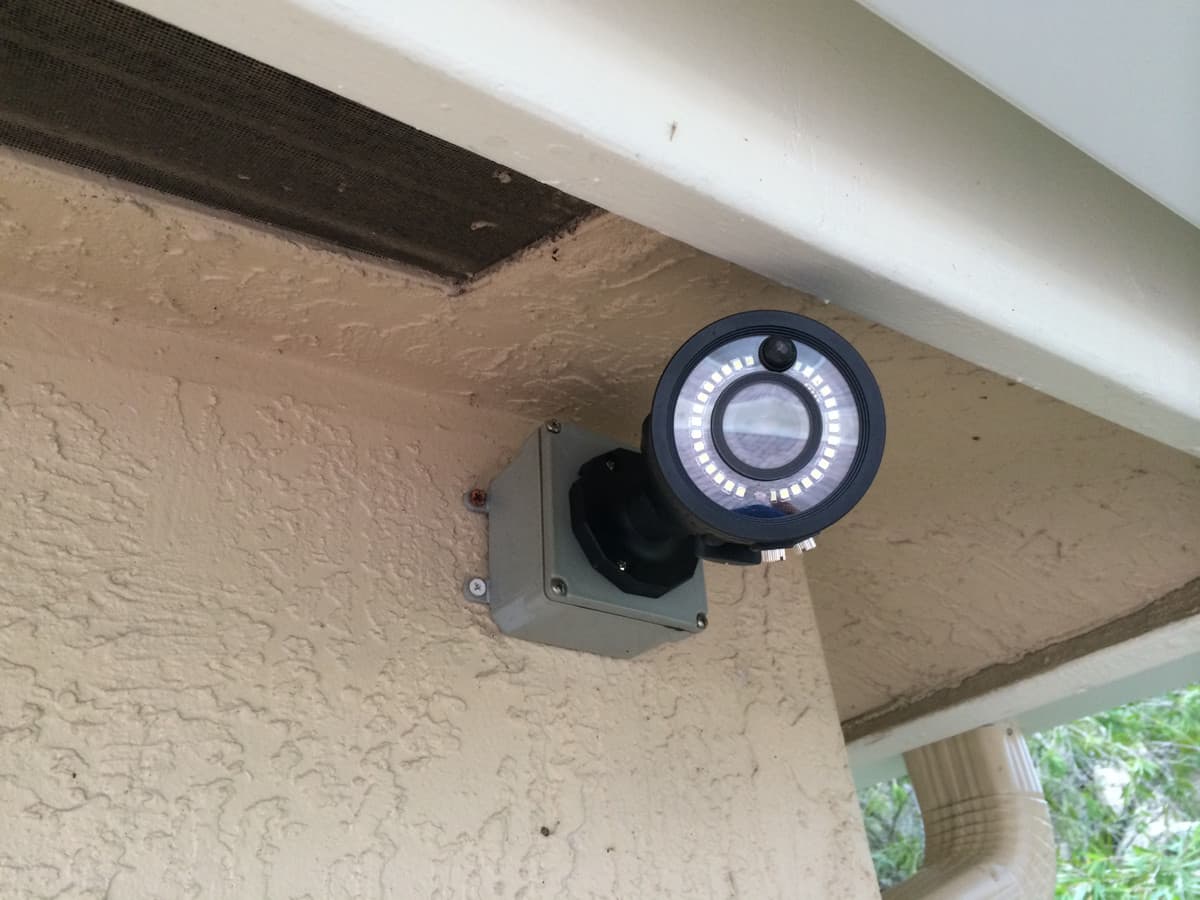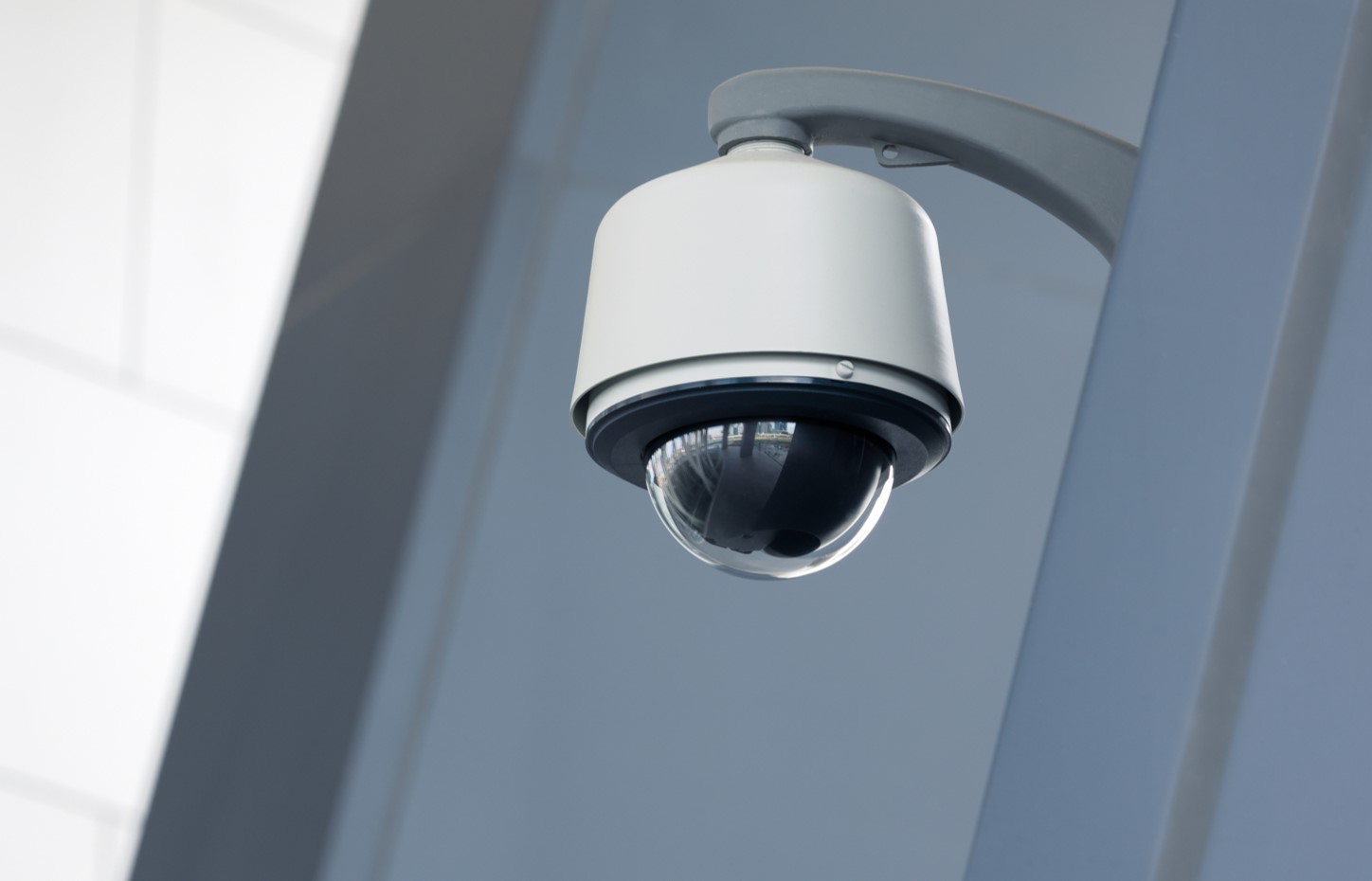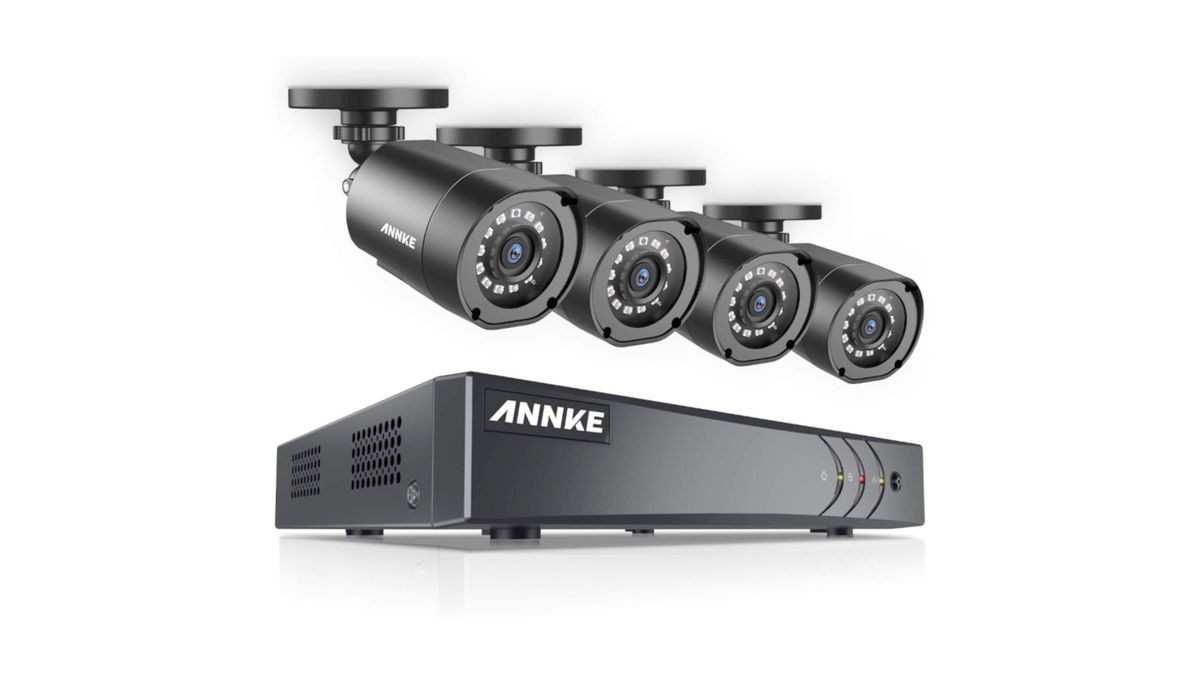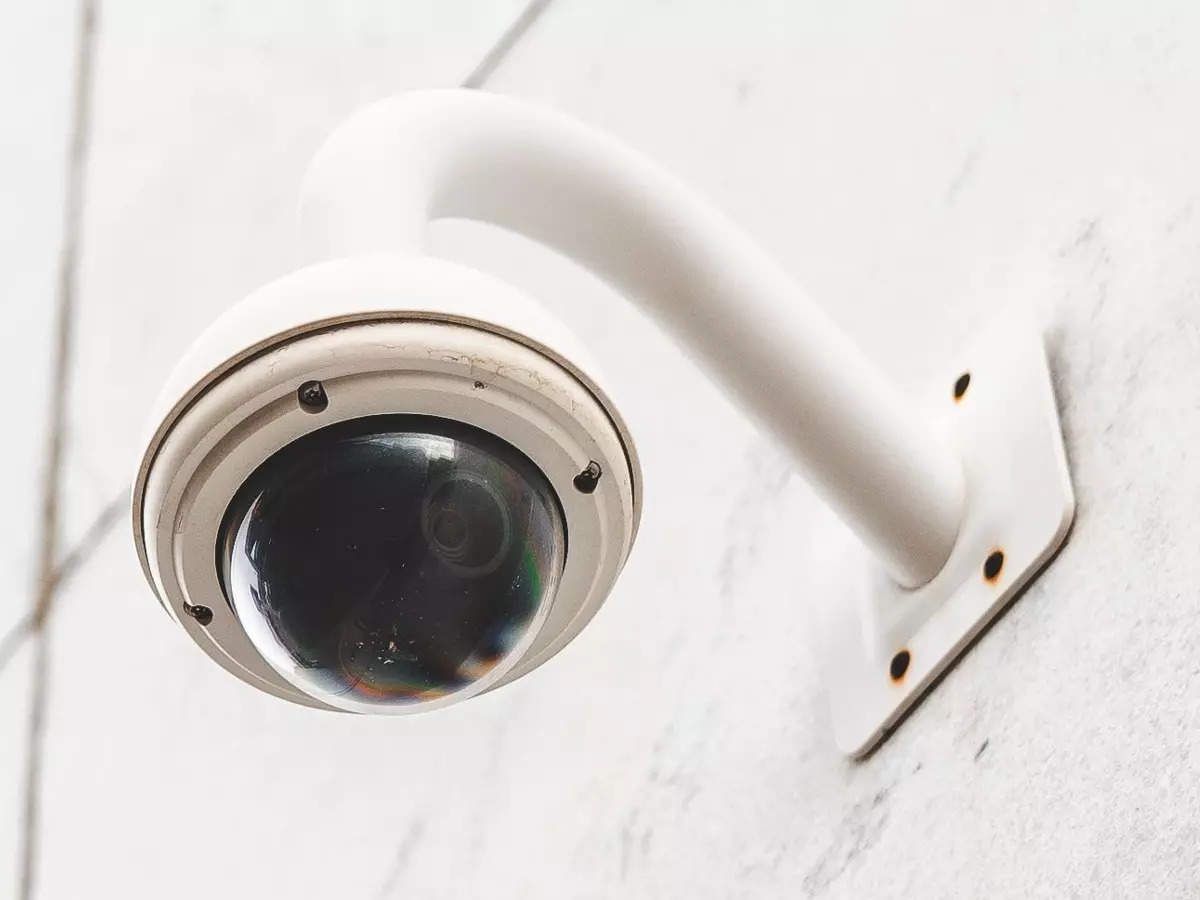Home>Home Security and Surveillance>What Security Cameras Cannot Be Hacked
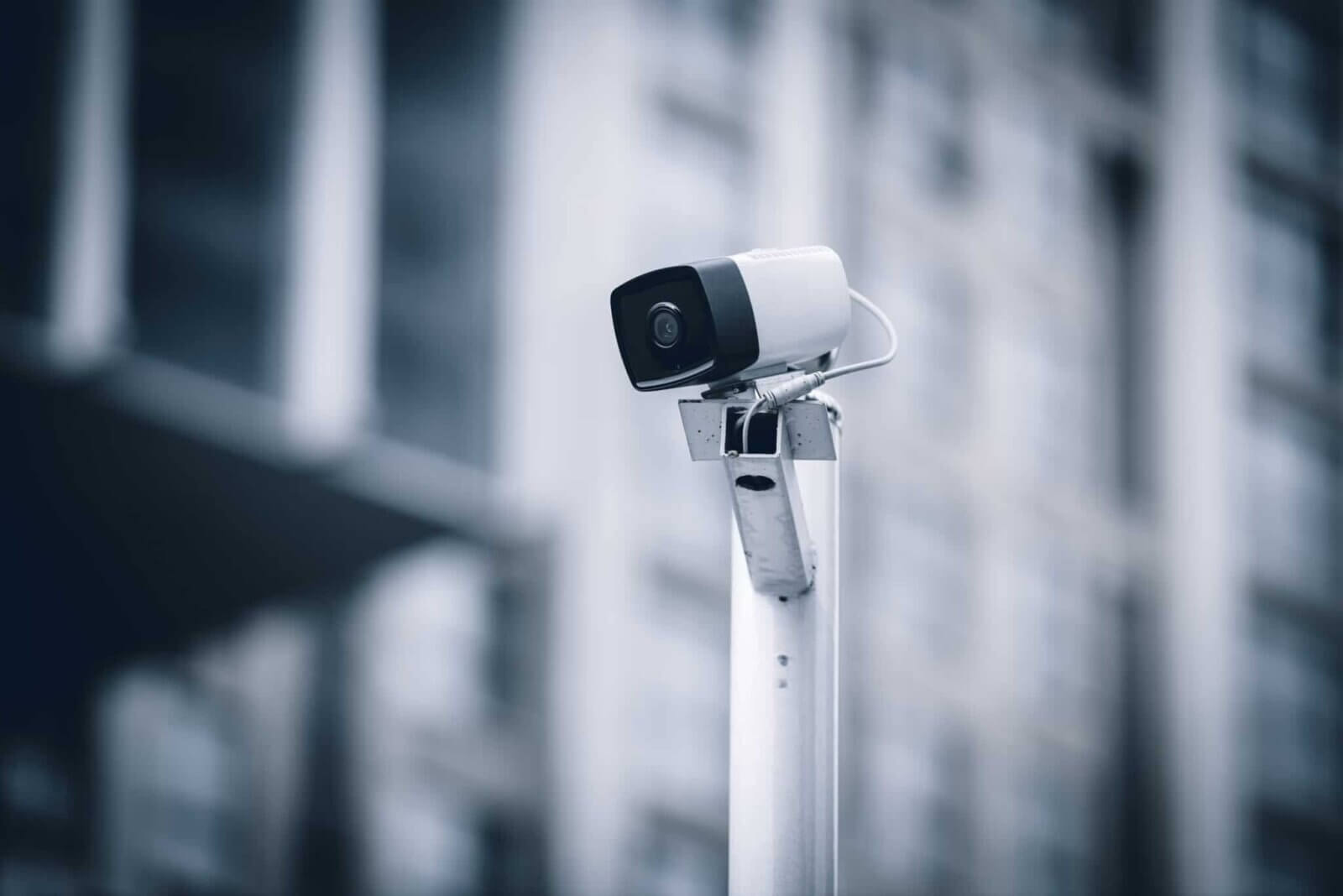

Home Security and Surveillance
What Security Cameras Cannot Be Hacked
Modified: November 1, 2024
Protect your home with secure surveillance systems. Discover what security cameras are unhackable and keep your family safe with reliable home security.
(Many of the links in this article redirect to a specific reviewed product. Your purchase of these products through affiliate links helps to generate commission for Storables.com, at no extra cost. Learn more)
Introduction
Welcome to the world of home security and surveillance! In an era where technology is advancing at an unprecedented rate, it is crucial to ensure the safety of our homes and loved ones. One of the most effective ways to achieve this is by installing security cameras.
Security cameras provide an extra layer of protection, allowing us to monitor our homes, deter intruders, and gather evidence in the event of any suspicious activity. However, with the rise of hacking incidents, concerns about the security of these cameras have become more prevalent.
In this article, we will explore the vulnerabilities that security cameras may face, common hacking methods employed by cybercriminals, factors that contribute to making security cameras more secure, key features to consider when choosing a secure security camera, and best practices for protecting your security camera system.
Before diving into the details, it is important to recognize that no security camera system is entirely immune to hacking attempts. However, by being knowledgeable about potential vulnerabilities and taking the necessary precautions, you can significantly minimize the risk.
So, let’s get started on our quest to understand the world of security cameras and how to keep them safe from hackers.
Key Takeaways:
- Security cameras are vulnerable to hacking due to weak passwords, outdated firmware, and unsecure networks. Choosing reputable brands, enabling two-factor authentication, and regular monitoring can enhance security.
- To protect security cameras from hacking, use strong passwords, update firmware regularly, and secure your network. Consider cameras with encryption, tamper detection, and privacy features for added security.
Read more: How To Hack Into Security Cameras
Understanding Security Camera Vulnerabilities
In order to effectively protect your security camera system from hacking attempts, it’s important to have a clear understanding of the vulnerabilities that these devices may have. By being aware of these weaknesses, you can take appropriate measures to reinforce the security of your cameras.
One of the primary vulnerabilities of security cameras lies in their connection to the internet. Many cameras are equipped with Wi-Fi capabilities to enable remote access and monitoring. However, this also means that they are susceptible to potential remote attacks if not properly secured.
Another vulnerability stems from the software and firmware that these devices run on. Manufacturers often release security camera updates to patch known vulnerabilities and improve overall system security. However, failure to regularly update the software and firmware could leave your cameras exposed to hackers who exploit these vulnerabilities.
Additionally, weak or default login credentials pose a significant vulnerability. Many security cameras come with generic usernames and passwords, which users often neglect to change. This makes it easier for hackers to gain unauthorized access to the cameras.
Open ports and unsecure network configurations are also common vulnerabilities that hackers exploit. If your security camera system is not properly set up to block unauthorized access and secure communication channels, it becomes susceptible to external attacks.
Finally, physical access to the cameras can also pose a vulnerability. If an attacker gains physical control over a camera, they may be able to manipulate the device or access the data stored within it.
Understanding these vulnerabilities is crucial for taking effective security measures. In the next section, we will take a closer look at common methods used by hackers to compromise security cameras.
Common Methods of Hacking Security Cameras
Hackers employ various tactics and techniques to gain unauthorized access to security cameras. By understanding these common methods, you can better protect your cameras from potential cyberattacks.
One common method used by hackers is to exploit weak or default login credentials. Many users fail to change the default usernames and passwords provided by the manufacturer, making it easy for hackers to guess and gain control over the camera. It is essential to set strong and unique passwords for each camera and regularly update them.
Another prevalent technique is brute force attacks, where hackers use automated scripts or tools to systematically try different combinations of usernames and passwords until they find the correct credentials. This method is successful when users have weak or easily guessable passwords, emphasizing the importance of creating robust and complex login credentials.
Phishing attacks are also used by hackers to trick users into revealing their login information. They send deceptive emails or messages pretending to be from the camera manufacturer or service provider, urging users to click on malicious links or provide their credentials. It is crucial to be vigilant and only provide login information on secure and verified websites.
Unsecure Wi-Fi networks are another target for hackers. If your home network is not properly secured, hackers can intercept the wireless signals and gain access to your security cameras. It is essential to use strong encryption protocols, change default router passwords, and regularly update your network equipment to protect against unauthorized intrusions.
Firmware vulnerabilities are also exploited by hackers to gain control over security cameras. Manufacturers regularly release firmware updates to patch security flaws. Failure to keep your cameras up to date with the latest firmware increases the risk of these vulnerabilities being exploited.
Social engineering is another technique used by hackers to gain access to security cameras. They may impersonate technical support personnel or service providers, tricking users into providing remote access to their cameras or installing malicious software. It is crucial to verify the identity of anyone requesting access to your camera system and never share sensitive information with unverified individuals.
By understanding these common hacking methods, you can take proactive measures to protect your security cameras from unauthorized access. In the next section, we will explore the factors that contribute to making security cameras more secure.
Factors That Make Security Cameras More Secure
When it comes to protecting your security camera system from hacking attempts, there are several factors to consider that can significantly enhance the overall security of your cameras. Incorporating these key elements into your camera setup will provide an added layer of protection against cyberattacks.
First and foremost, choosing security cameras from reputable manufacturers is crucial. Established brands often prioritize security measures and regularly release firmware updates to address any vulnerabilities. Researching and selecting cameras with a strong track record for security can significantly reduce the risk of unauthorized access.
Encryption is another vital aspect of camera security. Ensure that your cameras support encryption protocols such as WPA2, which encrypts data transmitted wirelessly between the camera and the network. This makes it much more challenging for hackers to intercept and decipher sensitive information.
Another factor to consider is the use of two-factor authentication (2FA) for camera access. Two-factor authentication adds an extra layer of security by requiring users to provide an additional piece of information, such as a verification code sent to their mobile device, in addition to their login credentials. This helps to prevent unauthorized access, even if the login credentials are compromised.
Regularly updating the firmware of your security cameras is critical. Manufacturers often release firmware updates to address security vulnerabilities and improve system performance. Staying up to date with the latest firmware ensures that your cameras are protected against known exploits.
Secure network configuration is also essential for camera security. Change the default login credentials of your router, use strong encryption protocols, and create a separate network for your cameras to isolate them from other devices. By doing so, you minimize the risk of unauthorized access through your home network.
Physical security measures should not be overlooked. Install your cameras in secure locations, out of reach from potential intruders. Consider using tamper-proof cases or housings to protect the cameras from physical manipulation. Additionally, ensure that the wiring and cables connecting the cameras are concealed and not easily accessible.
Lastly, regular monitoring and auditing of your security camera system can help identify any suspicious activity or potential vulnerabilities. Keep an eye out for unusual logins, unexpected changes in camera behavior, or any signs of tampering. Conduct periodic audits of user permissions and remove any unnecessary access.
By considering these factors and incorporating them into your security camera setup, you can create a more secure environment and minimize the risk of unauthorized access to your cameras.
Use security cameras with strong encryption and regularly update their firmware. Enable two-factor authentication and use complex, unique passwords. Keep cameras on a separate network and regularly check for any suspicious activity.
Key Features to Look for in Secure Security Cameras
When selecting security cameras for your home or business, it is important to choose models that offer robust security features to protect against hacking attempts. Here are some key features to look for in secure security cameras:
- Secure Encryption: Look for cameras that support strong encryption protocols, such as WPA2, to encrypt the data transmitted between the camera and your network. This ensures that the information captured by the camera is protected and cannot be easily intercepted by hackers.
- Password Management: Choose cameras that provide robust password management features. This includes the ability to change default login credentials, enforce password complexity, and enable two-factor authentication. Strong passwords and 2FA help prevent unauthorized access to your cameras.
- Vulnerability Patching: Opt for cameras from manufacturers that prioritize security and regularly release firmware updates to address known vulnerabilities. Regularly updating the camera firmware ensures that any security weaknesses are patched, minimizing the risk of exploitation by hackers.
- Remote Access Security: Remote access is a convenient feature, but it can also introduce security risks. Look for cameras that offer secure remote access options, such as SSL/TLS encryption and secure mobile apps. These features ensure that your camera feed is accessible only to authorized users.
- Network Segmentation: Cameras that support network segmentation allow you to create a separate network specifically for your cameras. This isolates them from other devices on your network, reducing the risk of unauthorized access or potential attacks on other devices.
- Secure Storage: Consider cameras that offer encrypted storage options, both locally and in the cloud. Encrypted storage ensures that your recorded footage is protected from unauthorized access, even if the physical camera is compromised.
- Tamper Detection: Look for cameras with tamper detection capabilities. These cameras can detect physical tampering or obstruction and alert you to any suspicious activity. Tamper detection adds an additional layer of security, allowing you to take immediate action if someone tries to disable or manipulate the camera.
- Privacy Features: Privacy is an important concern, especially in residential areas. Choose cameras that offer features such as motion masking or privacy zones, which allow you to exclude certain areas from being recorded to respect the privacy of your neighbors or sensitive areas within your property.
By considering these key features when selecting security cameras, you can ensure that your system is better equipped to protect against hacking attempts and keep your property and loved ones secure.
Read more: How To Hack Into A Wired Security Camera
Best Practices for Protecting Your Security Camera System
Implementing best practices for securing your security camera system is crucial in protecting it from potential hacking attempts. By following these recommendations, you can greatly enhance the security of your cameras:
- Change Default Credentials: Immediately change the default usernames and passwords on your security cameras. Use strong and unique passwords that are not easily guessable. Avoid using common passwords or personal information that can be easily obtained by hackers.
- Regularly Update Firmware: Keep your cameras up to date with the latest firmware provided by the manufacturer. Firmware updates often include security patches and bug fixes that address vulnerabilities. Create a schedule to regularly check for updates and apply them promptly.
- Secure Your Network: Set up a strong and encrypted Wi-Fi network for your security cameras. Change the default credentials of your router and enable encryption protocols such as WPA2. Restrict access to your Wi-Fi network by using a strong, unique password that is not shared with unauthorized users.
- Segment Your Network: Consider setting up a separate network or VLAN specifically for your security cameras. This isolates them from other devices on your network, limiting the potential access points for hackers. Configure firewall rules to restrict communication only to necessary devices.
- Enable Two-Factor Authentication: Enable two-factor authentication (2FA) whenever possible. This adds an extra layer of security by requiring a verification code in addition to the username and password. 2FA makes it significantly more difficult for hackers to gain unauthorized access to your camera system.
- Disable Universal Plug and Play (UPnP): Disable UPnP on your router. While UPnP can provide convenience in connecting devices, it can also create security vulnerabilities by allowing automatic port forwarding. Manually configure port forwarding for your cameras to have more control over their access.
- Regularly Monitor and Audit: Keep a close eye on your camera system for any unusual activity. Regularly review logs, user access, and camera behavior. Set up alerts or notifications for suspicious login attempts or changes in camera settings. Periodically audit user permissions and revoke access for unnecessary accounts.
- Physically Secure Your Cameras: Install your cameras in secure locations, out of reach from potential intruders. Use tamper-proof housings or cases to protect them from physical tampering. Make sure all cables and wiring are hidden and not easily accessible.
- Educate Yourself: Stay informed about the latest security practices and potential vulnerabilities in security camera systems. Follow reputable sources, manufacturer updates, and security forums to learn about emerging threats and best practices for securing your cameras.
By following these best practices, you can significantly improve the security of your security camera system and better protect your property and loved ones from potential hacking attempts.
Conclusion
As technology continues to advance, the need for home security and surveillance becomes increasingly important. Security cameras provide an effective means of protecting our homes, deterring criminals, and gathering evidence in case of suspicious activity. However, with the rise in hacking incidents, it’s essential to prioritize the security of our camera systems.
In this article, we explored the vulnerabilities that security cameras may face, common methods employed by hackers, factors that contribute to making security cameras more secure, key features to consider when selecting secure security cameras, and best practices for protecting your camera system.
Understanding the vulnerabilities of security cameras and the tactics hackers employ is crucial for implementing effective security measures. By incorporating features such as secure encryption, strong password management, regular firmware updates, secure network configurations, and physical security measures, you can significantly enhance the security of your cameras.
Additionally, practicing best security practices, such as changing default credentials, updating firmware regularly, segmenting networks, enabling two-factor authentication, and monitoring and auditing your system are essential for maintaining a secure camera setup.
Remember, no security camera system is 100% hack-proof. However, by being proactive and knowledgeable about potential vulnerabilities, you can mitigate the risk and improve the overall security of your cameras.
Investing in reputable security cameras from trusted manufacturers, staying informed about the latest security practices, and consistently updating your system are vital steps in protecting your property and loved ones.
Ultimately, with the right security measures in place, your security camera system will serve as a reliable defense, providing you with peace of mind and ensuring the safety and security of your home or business.
Frequently Asked Questions about What Security Cameras Cannot Be Hacked
Was this page helpful?
At Storables.com, we guarantee accurate and reliable information. Our content, validated by Expert Board Contributors, is crafted following stringent Editorial Policies. We're committed to providing you with well-researched, expert-backed insights for all your informational needs.
